August is almost here! It’s time to start making the transition into an exciting new Fall planting season. Here are our top must-do’s for this coming month.
Check out our August Garden Guide for more tips and remember that trees, shrubs, and perennials can be planted 12 months out of the year! The only difference is the amount of water they need depending on temperatures and wind!
1. Choose Plants that Provide for Wildlife
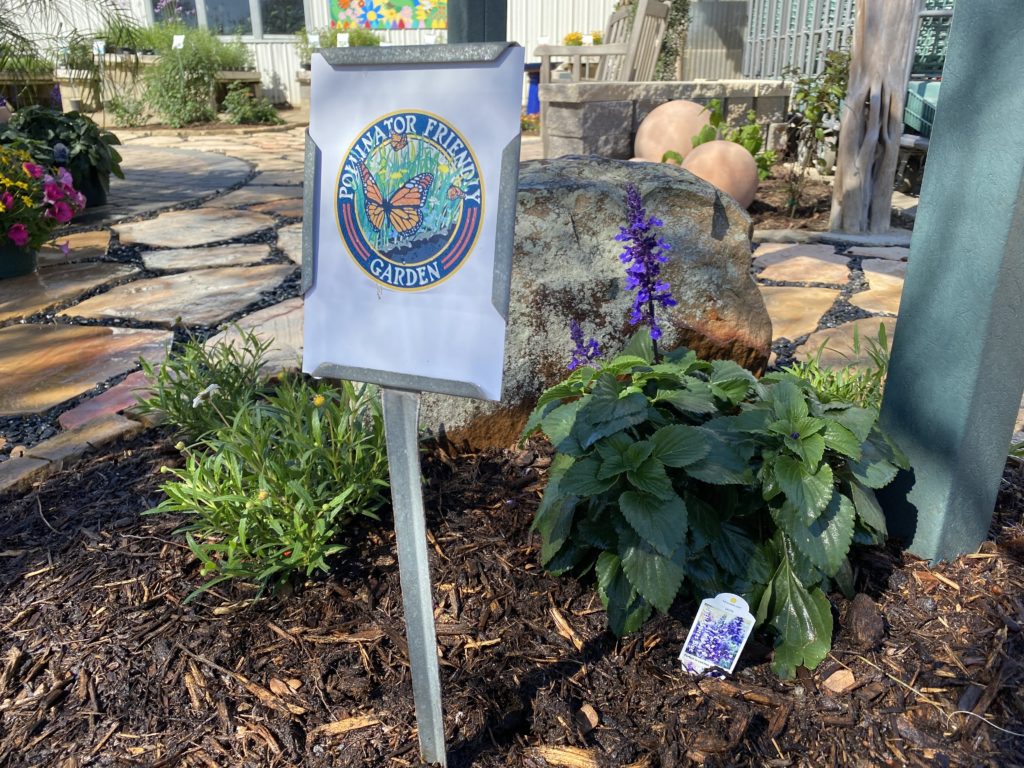
Important fact: birds, bats, bees, butterflies, beetles, and small mammals that pollinate plants are responsible for bringing us one out of every three bites of food. Plants attract and provide food for them to keep the cycle going. For example – plant Zinnia and sunflower seeds now, and they’ll be ready to feed migrating birds this Fall. Take it a step further and plant Texas natives! They provide for pollinators and require less water once established.
2. Pick Out Your Seeds
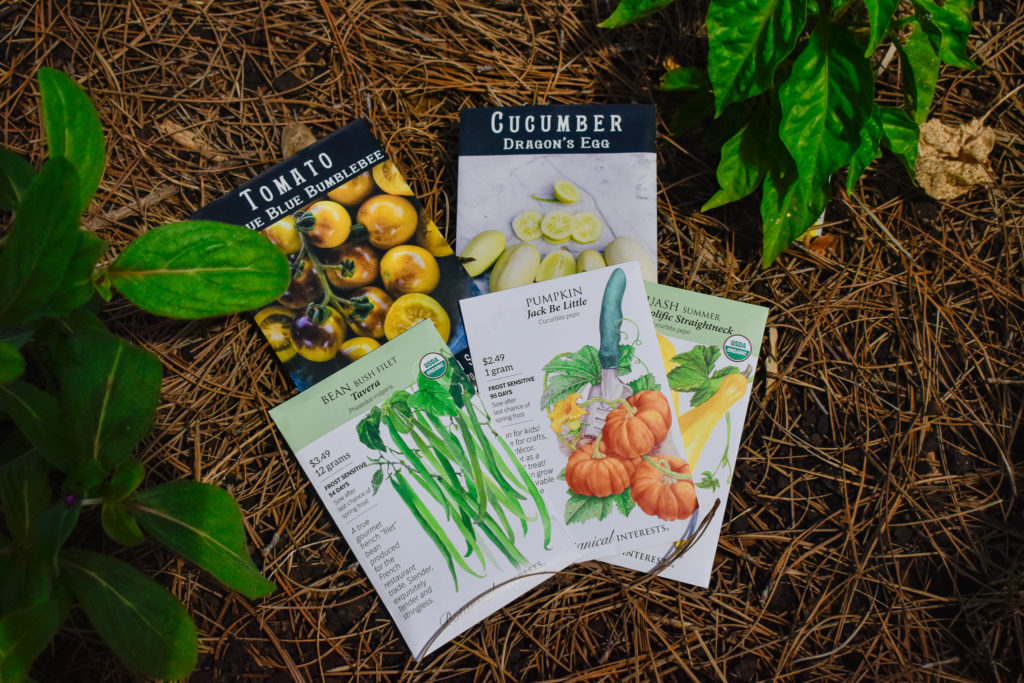
Watching your plants grow from a tiny seed is exciting and rewarding! Our Fall Vegetable Planting Guide provides the specific seed-planting dates to help plan your Fall garden. Most new seeds are already here! Look out for some of the rare and heirloom seeds we’re bringing in over the next couple weeks! We’ve been researching how to use liquid seaweed to improve seed germination. Worth a try! Another tip: use peat pots or seed starting trays to start seeds indoors, then move to a covered patio once they sprout. This will protect the seedlings and slowly acclimate them to the outdoor heat.
3. Prepare Your Garden Beds
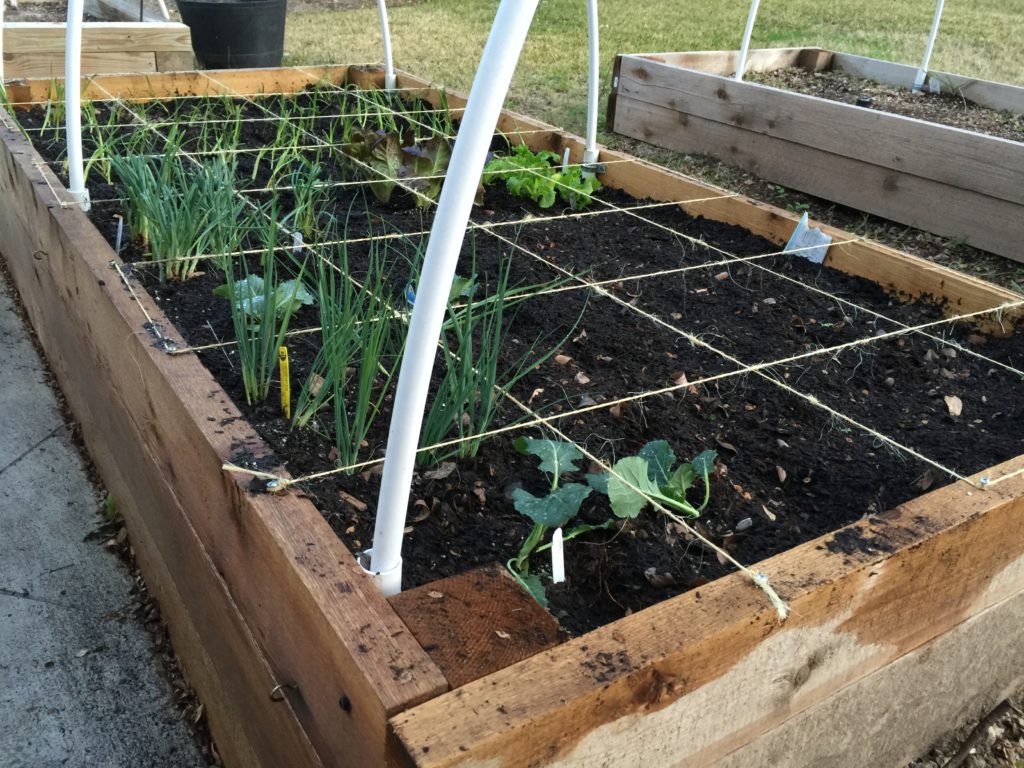
August is the time to start preparing for Fall vegetables. Clean out beds and pull weeds. To get your soil ready, we recommend mixing Nature’s Blend Compost or Cotton Burr Compost into your soil to replenish nutrients and loosen the soil before planting. About 1 bag per 12 sq. ft. is good. Once prepped, add a thick layer of pine straw mulch, which will help retain moisture, keep weeds from sprouting, and keep the soil cooler until you’re ready to plant. As you plan your space, think crop rotation – don’t plant the same veggies in the exact same place you planted them last season, or you encourage pests and diseases.
4. Water Sufficiently AND Efficiently
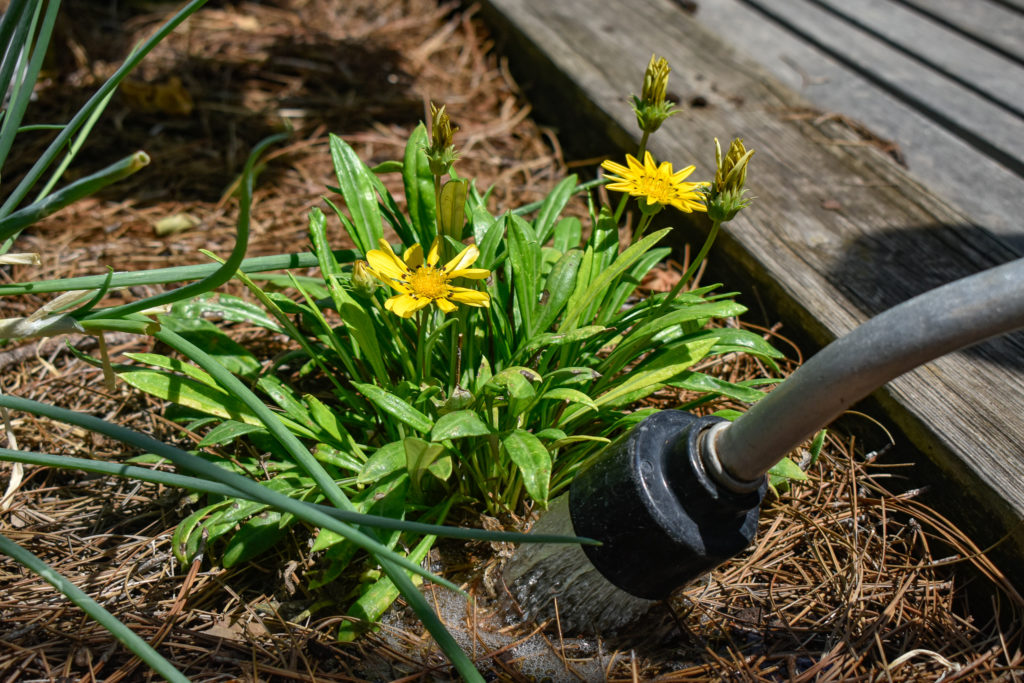
With our temps and lack of rain, it’s vital to water your plants and lawn sufficiently AND efficiently. The goal with summer watering (with or without watering restrictions) should be to create depth moisture. For lawns and established plants and trees, this means watering less frequently, but watering deeply when you water. New plantings will require water every day to get the roots established. Use a water wand with a cut-off valve to make it easy on you and conserve water. Pro tip: Conserve water by watering at ground level, not spraying from above. This way, water soaks down to the roots rather than evaporating off the leaves.
5. Mulch for Moisture Retention
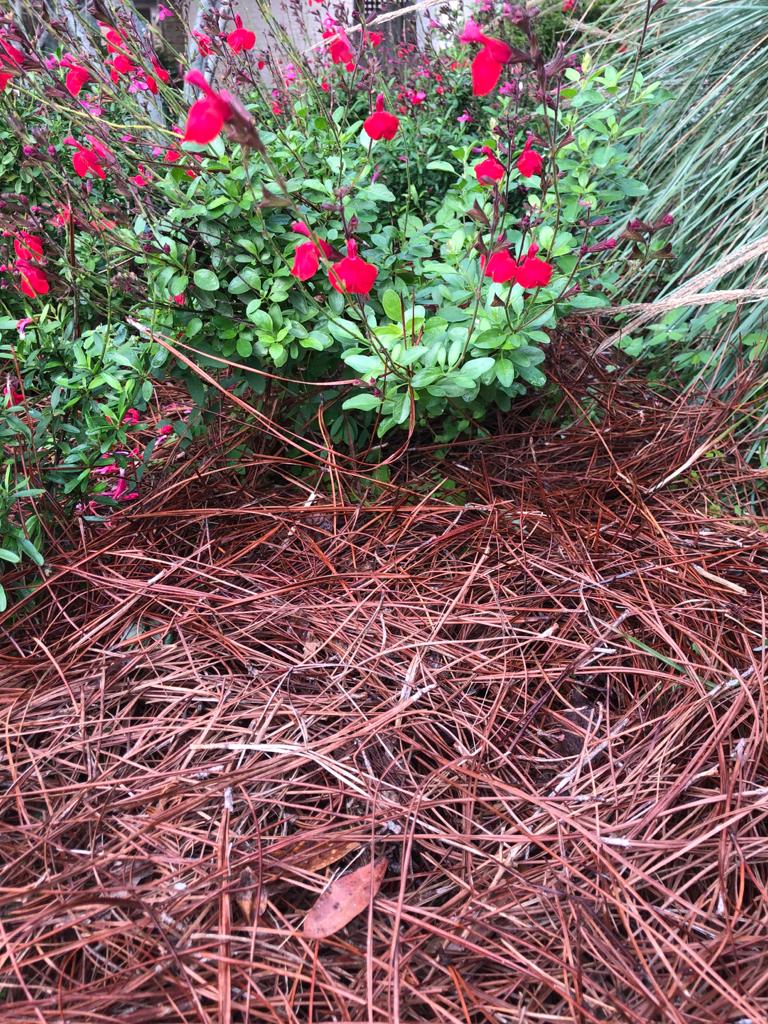
We know fresh mulch is the quickest way to refresh the look of your landscape. Proper mulching has other big benefits, especially during dry and hot weather. A good 2-3” deep layer of mulch will keep your plants and the soil moist and cool for longer after you water. Give the main trunks or stems of your plants a little space – mulch 2-3” deep throughout the bed, but no more than 1” deep against the main trunks/stems of plants.
6. Beware of Bad Bugs

White cottony clumps on tips, stems, and undersides of leaves in summer are most likely mealy bugs! People often think these are a fungus because of their appearance but one squish with your fingers will tell you they’re insects feeding on your plants. They especially love Hibiscus, Jatropha and some Salvias. We’ve been seeing a lot of spider mites too. You’ll notice a fine webbing and small sandy speckles (see photo). The mites themselves are usually on the underside of leaves. Both can be treated organically with Spinosad soap, Bee Safe 3-in-1 spray, or Neem Oil during cooler evening hours.
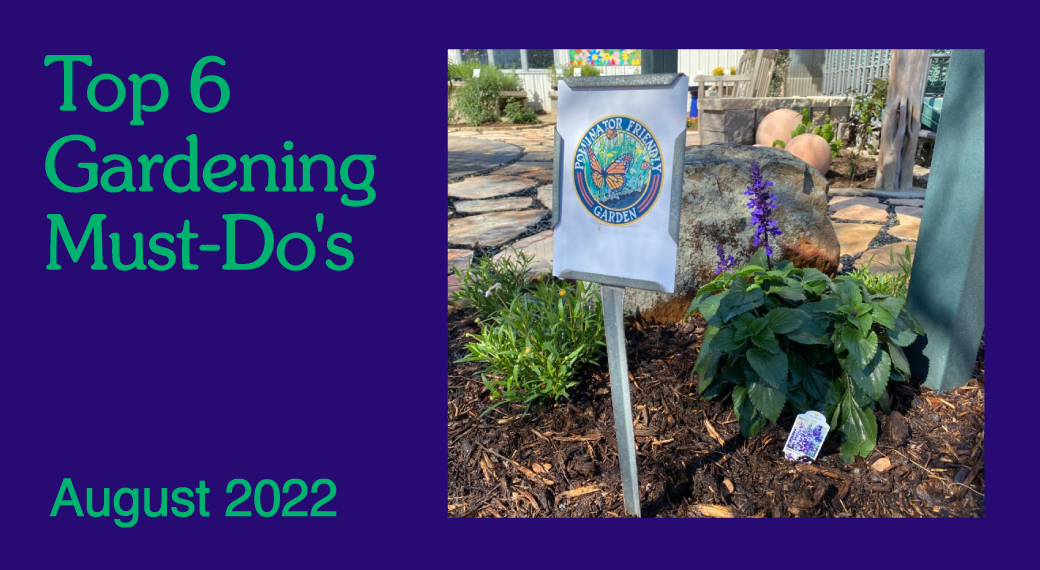


Lydia N Almendarez says
Great ideas and information especially about watering my lawn
James says
Lydia, one trick are use is a screwdriver. If I can push it into the ground then my lawn has enough water and if I cannot then it’s time to think about getting out the hose and sprinkler.
Jennifer Dixon says
Always look forward to your
” must do’s” each month.
Back to nature products are a must do for yard!! Thanks
James says
I agree Jennifer, best thing you can get in a bag. Other than donuts just occasionally